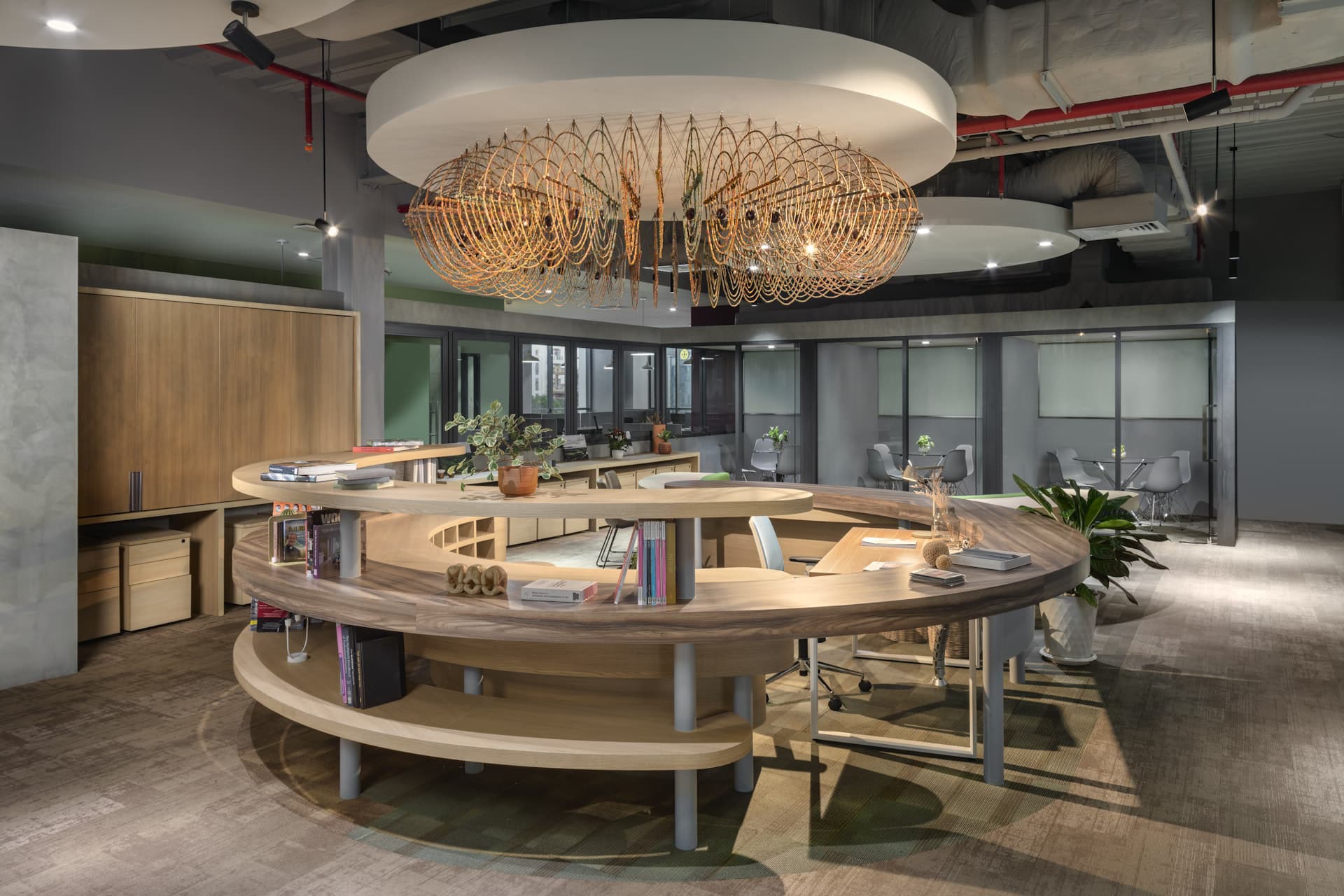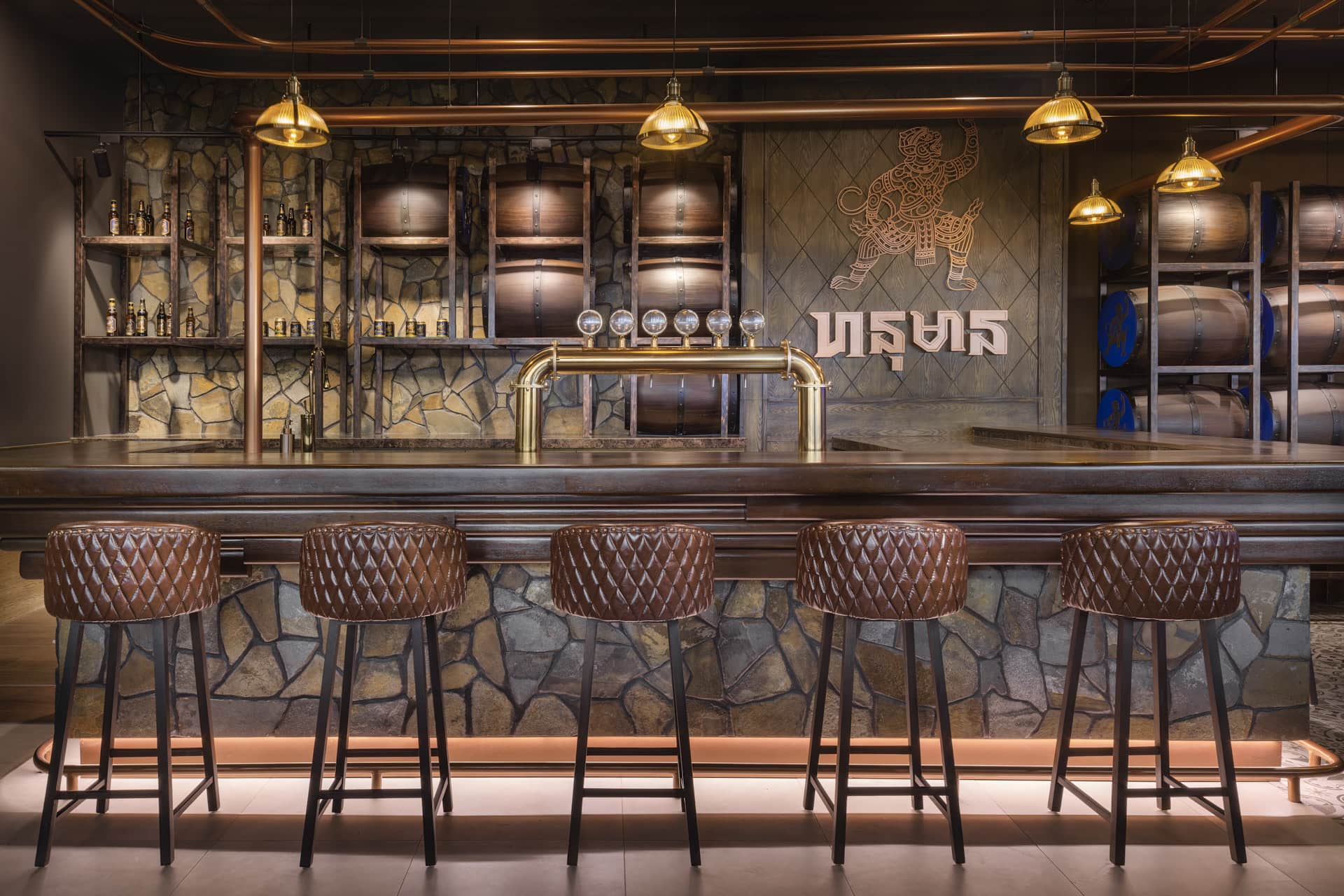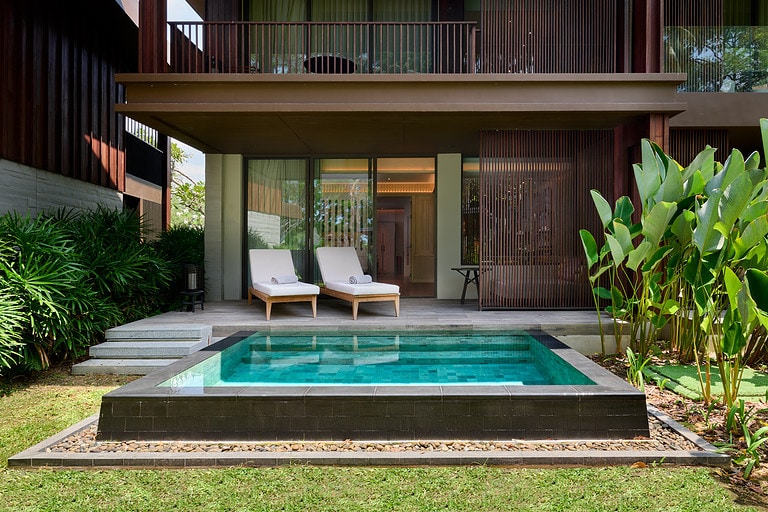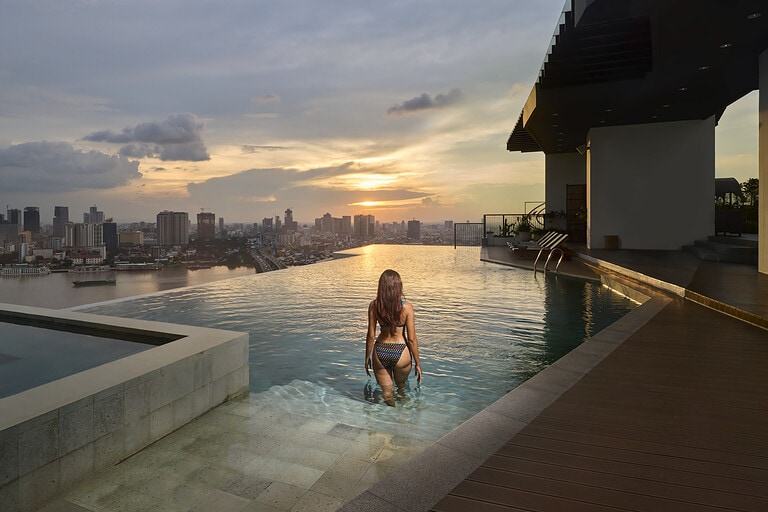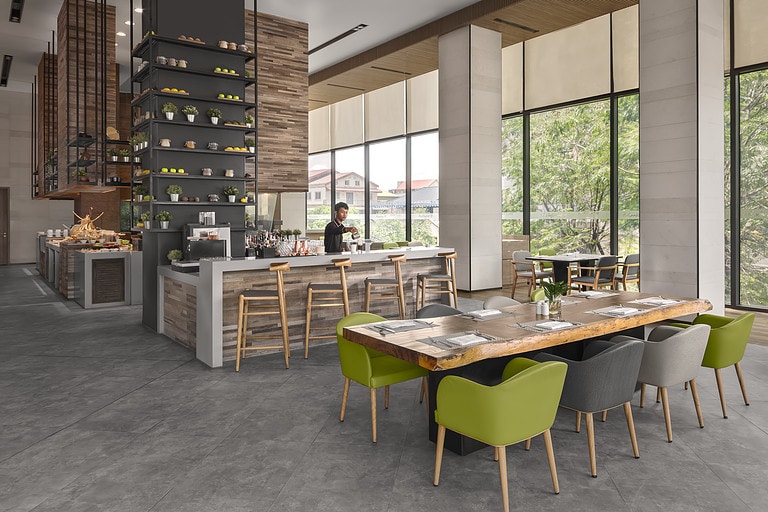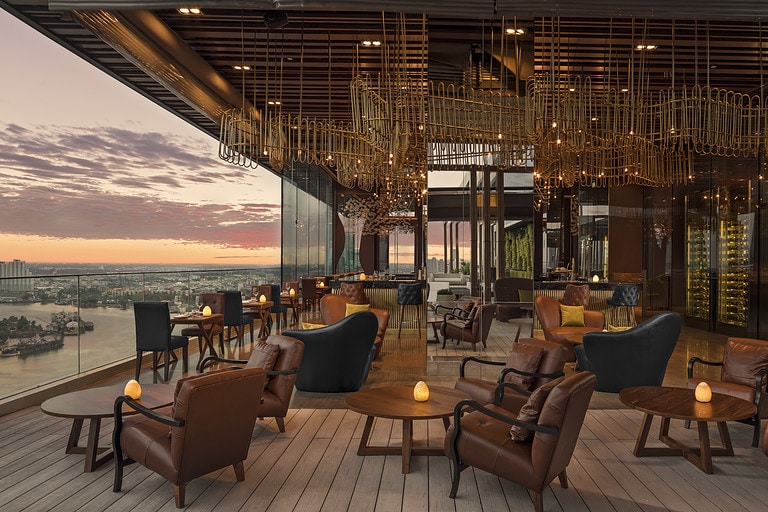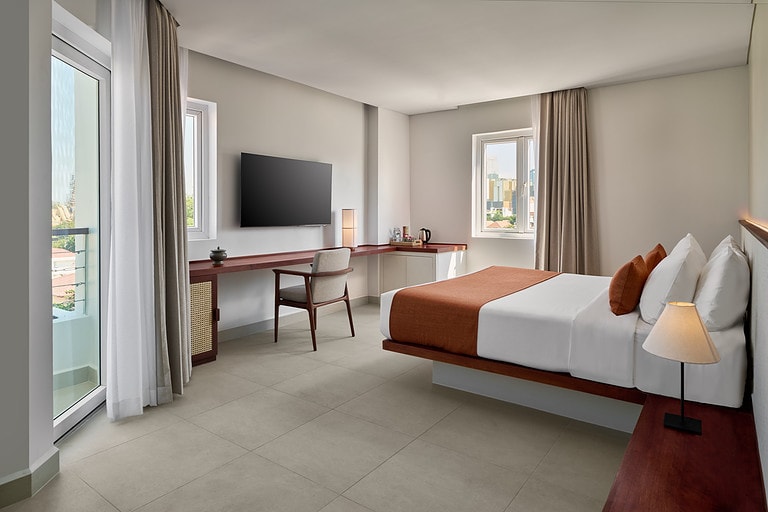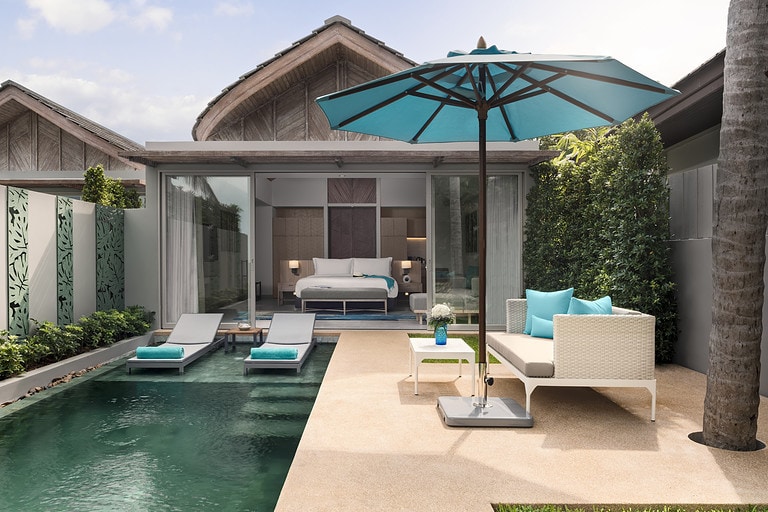How Many Interior Hotel Photos In A Day?
Hotel Photography
How Long does It Take?
Updated on: February 15, 2024
How many hotel interior photos can an interiors photographer in Cambodia take in a day?
The answer to this questions depends on many factors as well as what the hotel’s strategies to attract customers are.
For this article we will look at the actual taking of the RAW hotel images that are then post-produced to make the final hotel room phots.
As an experienced interiors photographer in Cambodia and Thailand I understand that it is an interiors photographer’s responsibility to inform and educate people on what is involved in making the best hotel photos and how to increase the value and return of hotel photography marketing.
This questions show a genuine interest in what hospitality photographers do and how we go about taking photos. We are the experts in our fields just as Hotel Marketing people are in theirs.
So, we come back to the key question: “How many interior photos can we take in a day?”
The simple answer is that it depends on several factors:
- How experienced is the photographer?
- What location/space are we shooting?
- How well prepared the space is?
- Do we need to include talent in some photos?
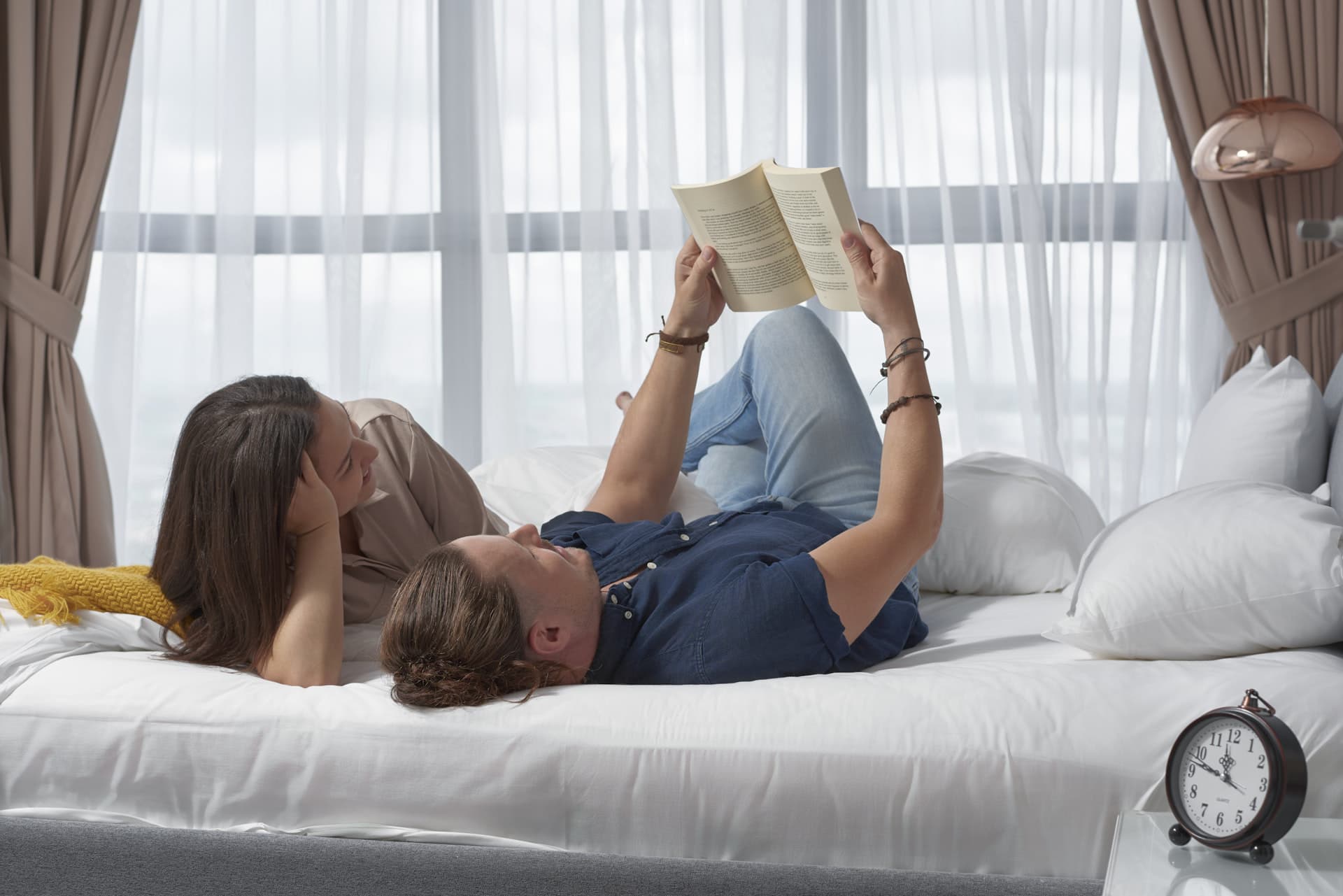
Assuming all the above are equal and we have already scouted the hotel for our compositions and the best lighting. Here are the steps we take in capturing the actual frames for the finished hotel images
- Set up all the gear. We take 99.9% of all photos on a tripod. The reason being we need to composite together many frames to make the finished image. The number of frames can vary between 2 and 50 frames and even the slightest camera movement can create problems. Then there’re the lights, modifiers, light flags, etc
- Dial in the composition. This is where our natural talent comes in, finding the best angles for the space. This normally entails pushing the tripod up against a wall, squeezed into a corner, or perched over a toilet (At least you have somewhere to sit while setting things up). Then the fine adjustments to make sure verticals and horizontals are straight.
- Check camera settings. With more experience, the faster this is. You know what the settings should be for the space and light. It is still a good idea to double-check to make sure you are capturing everything needed int he shadows and highlights.
- Check the focus. One of the most important steps. Check the focus in live view or on your tethered device. Make sure everything you want in focus is tack sharp.
- Stage and Style the scene. Now we need to make sure the scene is perfect for the composition. This could be as simple as fluffing up some through cushions to rearranging all the furniture. I have shot some hotel ballrooms where we set up the camera in the empty space and then arrange all the tables with the composition in mind. This is a lot easier than trying to move fully set banquet tables around the hall.
- Check the focus again. We check the focus again to make sure we have not nudged it slightly.
- Capture all the ambient light frames. Here we will capture a bracket of between 2 and 7 frames with small exposure intervals. This is to make sure we have all the details we need in the shadows and highlights. When checking these frames on your tethered device you will probably notice a vase needs to be moved or a fork is not straight, so it is back to number 5.
- Capture all the artificial light frames. Artificial light frames are used to enhance the natural light source, bring out details, correct colors, and correct any problem areas. This comes with experience, as you need to know exactly how much light, where to place the lights, and which way the light falls best across the area being lit.
- If there is any talent to be included in the finished photo, we shoot them now. We shoot the talent last, as there is a good chance that something will be moved as people walk about. We know exactly where we want the talent to be a what they should be doing.
- And finally, check the focus on the images again. There is nothing worse than getting back to the studio and discovering that all the frames are out of focus as something moved the focus ring during the shooting. This can be quite an embarrassing conversation to have with the client.
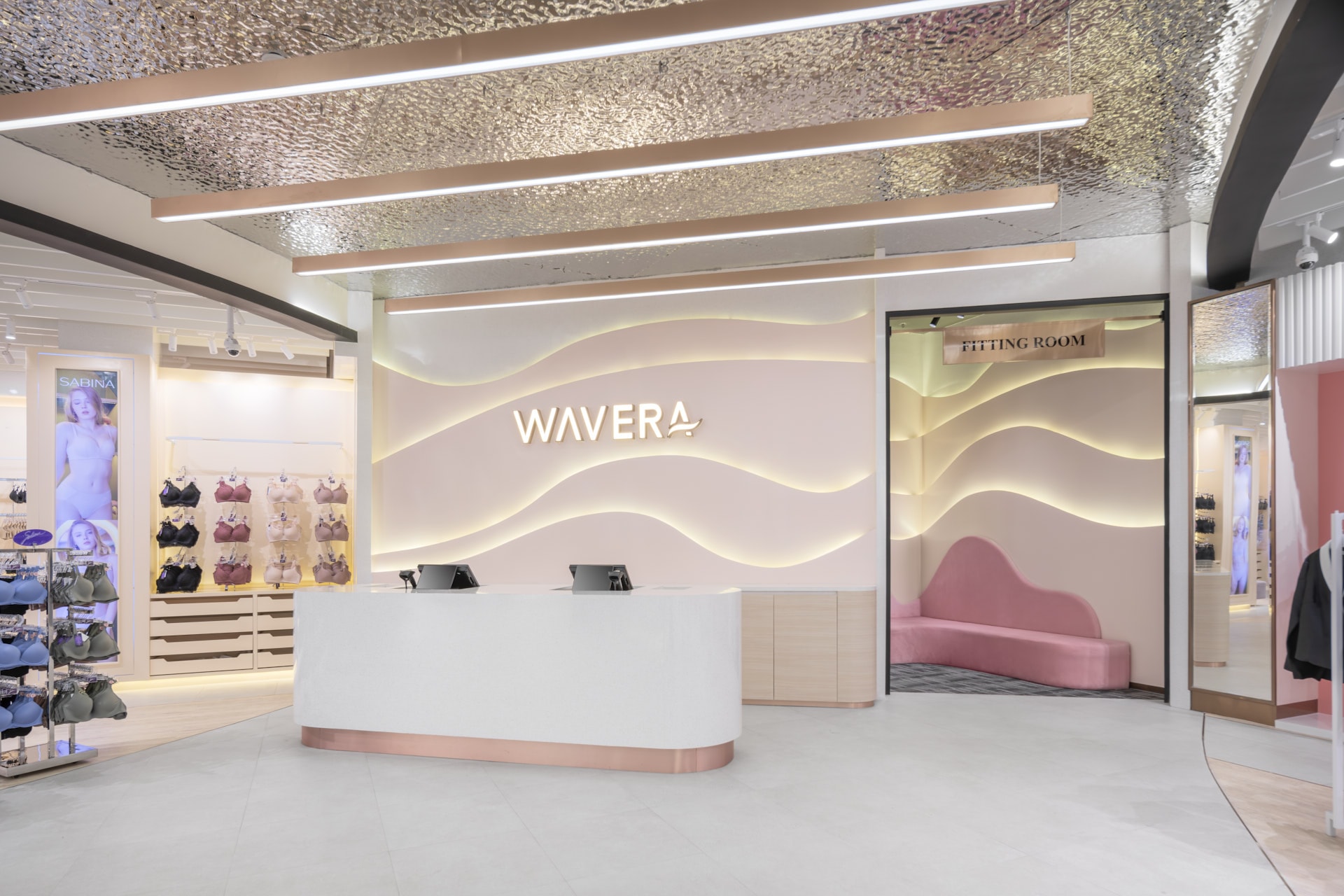
As you can tell, this process can take anywhere between 15 minutes and an hour. And that is an answer to our original question.
This is the first in a series of articles I will be publishing on the process of an interiors photographer in Cambodia. The goal is to bridge the gap between interiors photography and marketing and help people understand what the process of an interiors photographer in Cambodia is in making the professional hotel photos.
This is also highlighting some of the value a highly skilled and experienced hospitality photographer brings to the table.
HOTEL PHOTOGRAPHY INSIDER
Sign up to receive our inside tips
